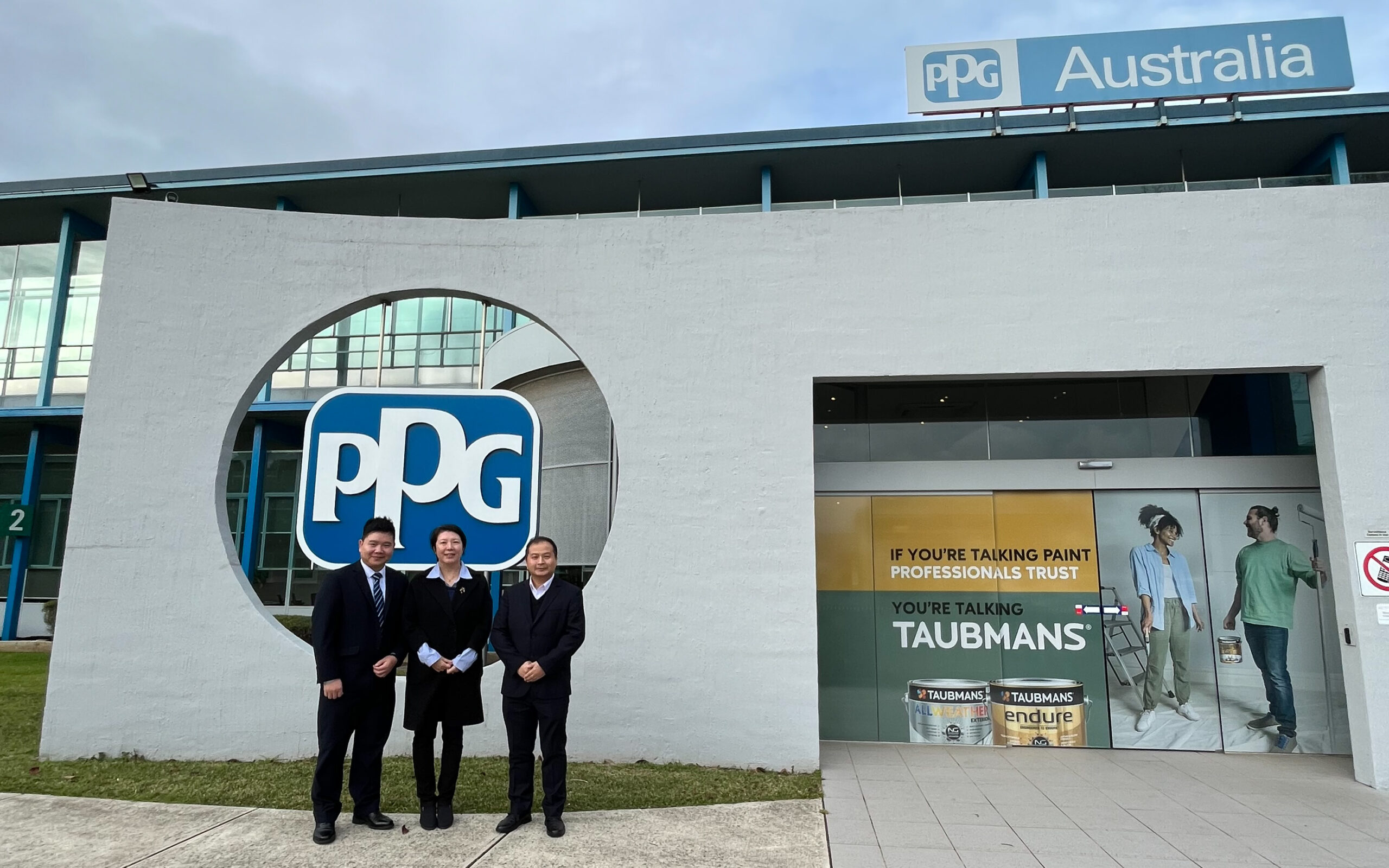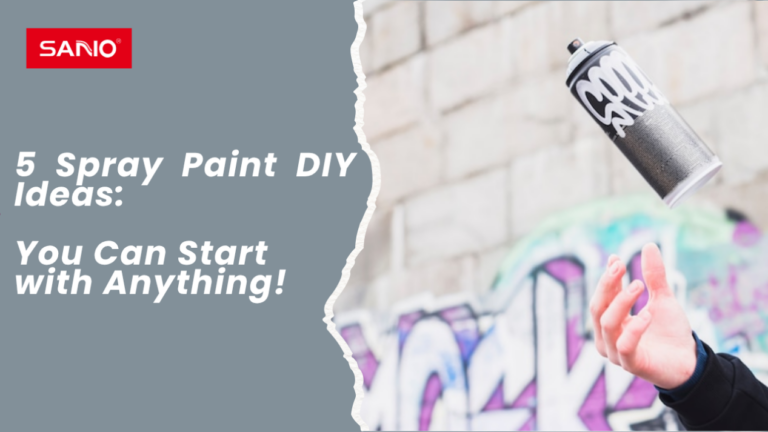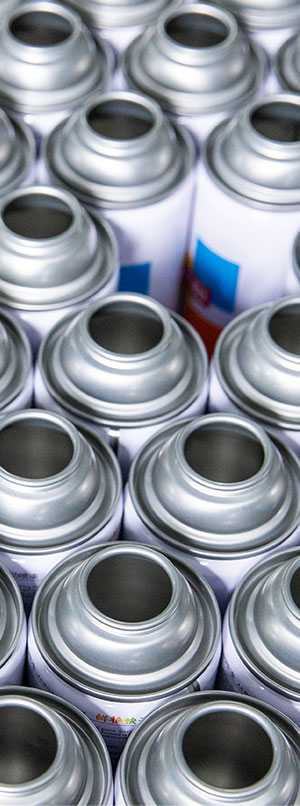When starting a paint project, the most fundamental choice you’ll face is oil based vs water based paint. Traditionally, oil-based paints were the champions of durability, while water-based options were loved for their easy use and cleanup.
Today, paint technology has advanced. The question is no longer “which is better?” but “which is the right system for this specific project?”. This guide will help you understand the key differences, decode confusing terms, and choose the perfect paint.
Is Acrylic Paint Oil or Water Based? The “Latex” vs. “Acrylic” Confusion
Is acrylic paint oil or water based?
Acrylic paint is water-based. In all water-based paints, water acts as the “vehicle” or solvent that carries the paint’s solid components (binder and pigment).
Is acrylic and latex paint the same?
Essentially, yes. The “latex” name is a holdover from early water-based paints that used natural rubber latex.
Today, virtually all modern “latex” paints are technically a type of acrylic paint. They use synthetic acrylic polymers as the binder, not natural latex.
What’s the difference between “Latex” and “100% Acrylic”?
Instead of being different categories, you should think of latex acrylic paints as a quality spectrum.
- Standard “Acrylic Latex” Paint: This is your typical, affordable interior wall paint. It often blends acrylics with less expensive vinyl resins. It’s perfectly fine for low-traffic areas but is less durable than premium options.
- Premium “100% Acrylic” Paint: This paint uses a higher concentration of pure, high-quality acrylic resins. This makes the final paint film more durable, more flexible, and more resistant to water, UV rays, and mildew. This is the superior choice for exteriors, bathrooms, and any area needing maximum durability.
Is Enamel Oil Based? Alkyd vs. “Enamel
This is the second most confusing set of terms. Here’s the breakdown.
What is “Alkyd” Paint?
When you buy “oil-based” paint today, you are almost always buying an alkyd paint. Alkyds are synthetic resins (oil-modified polyesters) that are far more durable and dry more predictably than the natural oils (like linseed oil) used in historic paints. They cure by reacting with oxygen, which forms an extremely hard, rigid film.
Read more: https://www.sanvochemicals.com/liquid-enamel-paint-vs-enamel-spray-paint-faqs/
Is enamel oil based?
Not always. This is the critical concept: “Enamel” is not a type of paint; it’s a descriptive term for a paint’s finish.
An enamel is any paint that air-dries to a hard, durable, and typically glossy or semi-gloss finish.
- Historically: Only oil-based alkyd paints could achieve this rock-hard finish, so the terms “oil-based” and “enamel” became synonymous.
- Today: Modern, high-performance water-based acrylics and new hybrid paints can also cure to a finish that is hard and durable enough to be marketed as an “enamel”.
So, when you see “enamel” on a can, it’s a promise of durability, not an indicator of whether its base is oil or water.
Hybrid “Waterborne Alkyd” Paints
For decades, you had to choose between the hardness of oil and the convenience of water. Now, you don’t.
Driven by environmental regulations to lower the high VOCs (volatile organic compounds) of oil-based paints, chemists developed “hybrid” paints.
The most common type is the waterborne alkyd. This technology suspends the durable alkyd resin in water instead of petroleum solvents.
This gives you the best of both worlds:
- The Performance of Oil: A hard, durable, scratch-resistant surface with excellent self-leveling properties for a smooth, brush-stroke-free finish.
- The Convenience of Water: Low odor, low VOCs, and easy cleanup with just soap and water.
These hybrids have become the new gold standard for high-impact surfaces like kitchen cabinets, doors, and trim.
Oil-Based vs. Water-Based vs. 100% Acrylic vs. Hybrid Enamel
| Feature | Traditional Oil-Based (Alkyd) | Standard Water-Based (Acrylic Latex) | Premium Water-Based (100% Acrylic) | Hybrid Enamel (Waterborne Alkyd/Urethane) |
| Durability & Hardness | Excellent; very hard, scratch-resistant finish. | Good; suitable for low-traffic areas. Can be prone to chipping. | Very Good; more durable and flexible than latex. | Excellent; cures to a hard, durable finish rivaling oil. Urethane adds more. |
| Flexibility | Poor; becomes brittle with age, can crack. | Good; flexible and breathable. | Excellent; expands/contracts with temperature changes. | Good; less flexible than 100% acrylic but harder. |
| Finish & Leveling | Excellent; superior flow and leveling, glass-smooth finish. | Fair to Good; can show brush strokes. | Good; better leveling than standard latex. | Excellent; mimics the smooth, self-leveling properties of oil. |
| Dry & Cure Time | Slow; 8-16+ hours to recoat, weeks to fully cure.3 | Fast Dry; 1-4 hours to recoat. Slow Cure; up to 30 days. | Fast Dry; 1-4 hours to recoat. Slow Cure; up to 30 days. | Slower Dry; 4-16 hours to recoat. Faster Cure; 5-7 days. |
| Cleanup | Difficult; requires mineral spirits or solvents. | Easy; soap and water. | Easy; soap and water. | Easy; soap and water. |
| VOCs & Odor | High; strong, lingering odor. Heavily regulated. | Low to Zero; minimal odor. | Low to Moderate; slightly more odor than latex. | Low; minimal odor. |
| Color Retention | Poor; yellows over time, especially without UV light. | Excellent; non-yellowing, good UV resistance. | Excellent; superior UV resistance and color retention. | Very Good; highly resistant to yellowing. |
| Cost | Moderate to High. | Low to Moderate; most affordable option. | Moderate to High; more expensive than latex. | High; premium price point. |
| Best For | Metal railings, some industrial uses (where permitted). | Interior walls & ceilings, low-traffic areas. | Exterior siding, trim, high-moisture areas like bathrooms. | Kitchen cabinets, doors, trim, furniture—anywhere maximum durability is needed. |
How to Choose: The Right Paint for Your Project
Still, we have concluded them into a table.
| Project Application | Recommended Paint Type | Recommended Sheen(s) | Key Reason | SANVO Recommednation |
| Interior Walls | High-Quality Acrylic Latex | Flat, Matte, Eggshell | Best balance of washability, low VOCs, ease of use, and cost for large areas.12 | SANVO Premium Interior Wall Paint |
| Kitchen Cabinets | Hybrid Waterborne Alkyd/Urethane Enamel | Satin, Semi-Gloss | Maximum durability, hardness, and a smooth, factory-like finish.38 | |
| Interior Trim & Doors | Hybrid Waterborne Alkyd/Urethane Enamel or 100% Acrylic Enamel | Semi-Gloss | Resists scuffs, dings, and frequent cleaning in high-traffic areas.47 | |
| High-Humidity Bathroom | Premium 100% Acrylic (with mildewcide) | Satin, Semi-Gloss | Moisture and mildew resistance; tight film prevents water penetration.61 | |
| Exterior Metal Railing | Oil-Based Alkyd Enamel or Direct-to-Metal (DTM) Acrylic | Semi-Gloss, Gloss | Superior rust inhibition, hardness, and weather resistance.49 |
Have made you decision on which paint to choose for your project? Or have other specific demands, contact SANVO for more helpful tips.




